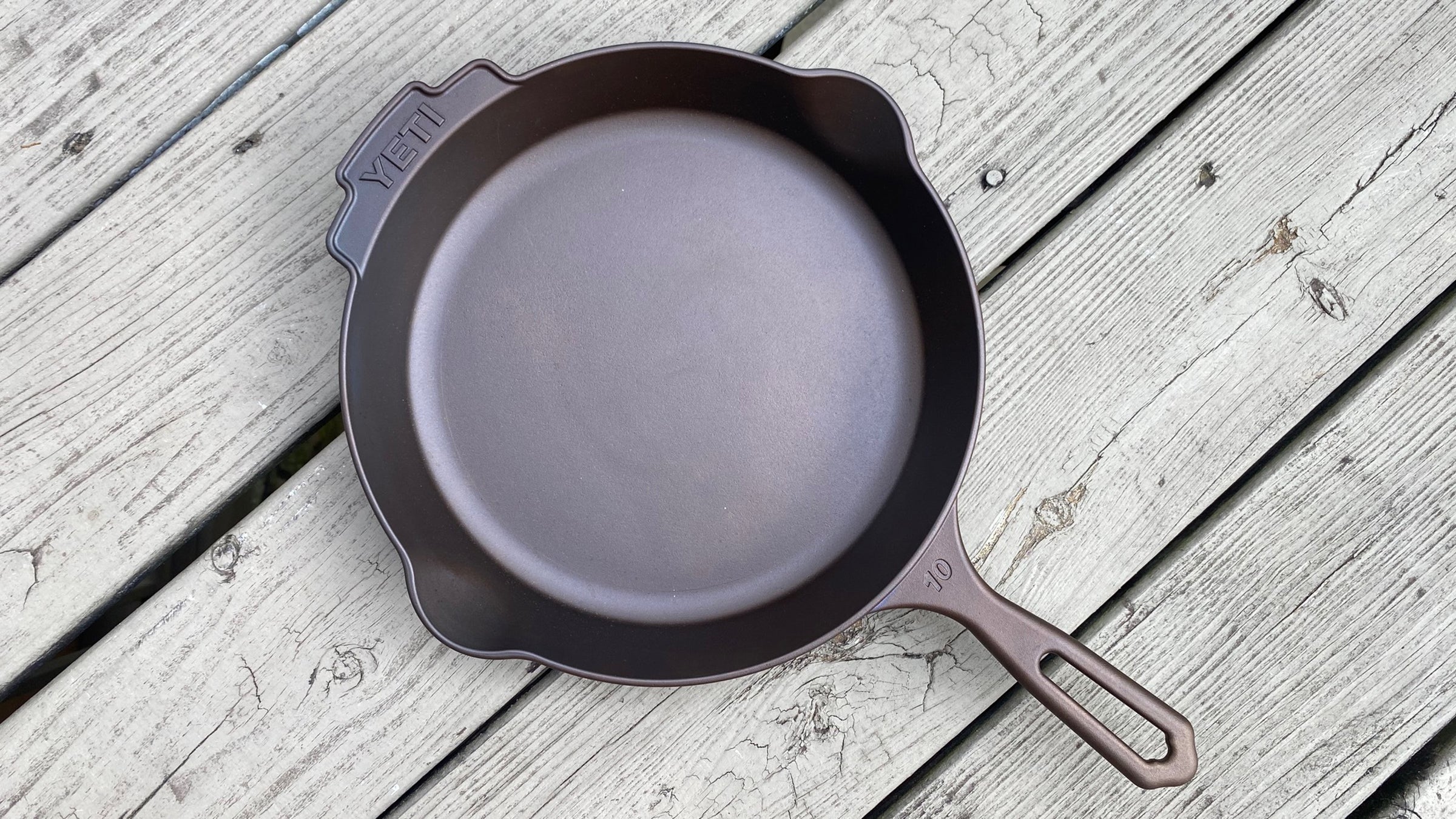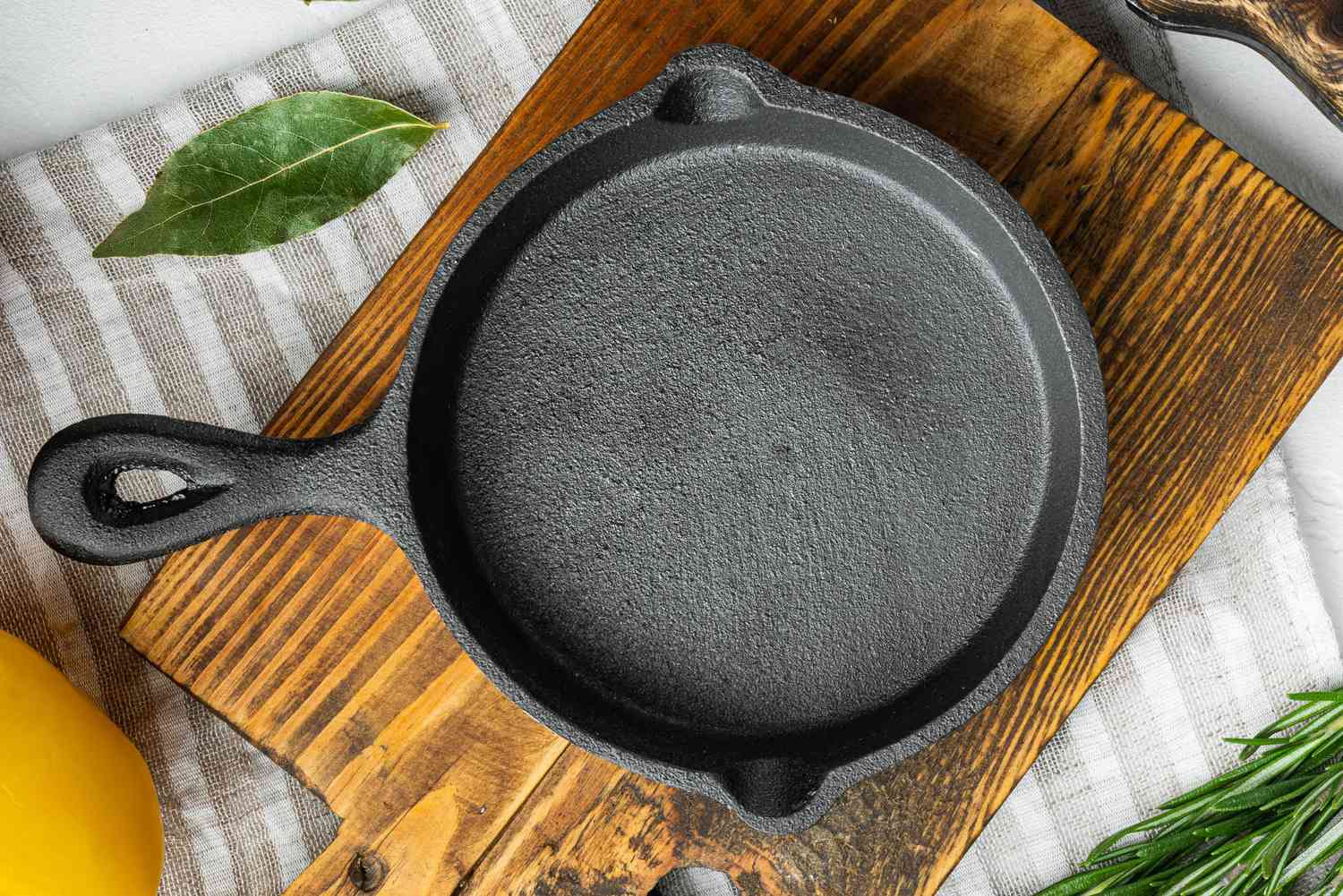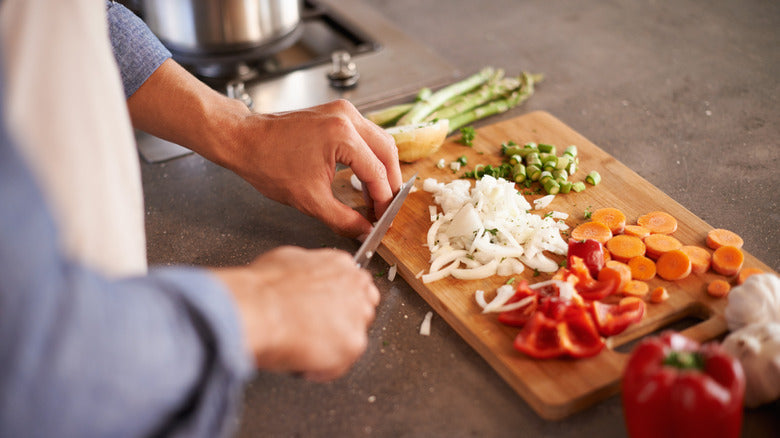Sauting onions is an essential skill in the kitchen, especially for professionals looking to create flavor-packed dishes. Understanding how to saute onions in a cast iron skillet can elevate your cooking results significantly. The unique heat retention and distribution characteristics of a cast iron skillet make it ideal for achieving the perfect saut.
This article will guide kitchen professionals through the process of sauting onions in cast iron skillets. You'll learn the fundamentals, tips, and even some common mistakes to avoid while working with this fantastic cooking tool.

The Basics of Sauting Onions
Before we dive into the specifics of using a cast iron skillet, lets discuss the basic concept of sauting onions. Sauting involves cooking food quickly in a small amount of oil or fat over relatively high heat, allowing for browning without stewing. Onions, as aromatic vegetables, become sweeter and tender when sauted correctly.
Preparation Before Cooking
Preparation is crucial for ensuring that your sauting process goes smoothly. Here are some pointers on how to prepare:
- Selecting Your Onions: Choose the right type of onion. Yellow onions are commonly used for their well-balanced flavor, while red onions add color and a milder taste.
- Chopping the Onions: Cut the onions uniformly to ensure even cooking. Aim for slices about 1/4 inch thick.
- Gather Your Tools: Make sure you have a good quality cast iron skillet, a wooden spatula, and a cutting board ready.
How to Get the Perfect Heat
Heating your cast iron skillet correctly is essential as it impacts how evenly the onions cook. Heres how to do it:
- Temperature Setting: Start heating your skillet over medium to medium-high heat. Cast iron takes time to heat up but retains that heat well.
- Adding Fat: Once the skillet is hot, add oil (olive, canola, or vegetable are ideal). The oil should shimmer but not smoke.
- Understanding Smoke Point: Aim to stay below the oil's smoke point to maintain healthy cooking without burning your onions.
Cooking the Onions
Now that you have your skillet ready, its time to saut:
- Add the Onions: Introduce the onions to the hot oil and spread them out evenly.
- Stirring Technique: Use your wooden spatula to frequently stir the onions. This ensures they brown evenly.
- Adjusting Heat: If the onions begin to burn, lower the heat. If they're taking too long to cook, increase the heat slightly.
Avoiding Common Mistakes
Sauting onions in a cast iron skillet may sound simple, yet several common pitfalls can ruin this process:
- Overcrowding: Dont overcrowd the skillet. If there are too many onions, they will steam instead of saut.
- Ignoring Color: For the best flavor, aim for a golden brown color without charring.
- Rushing: Sauting is a process that requires patience; dont rush it or you'll end up with burnt onions.
Advanced Techniques for Flavor
To elevate your onion sauting skills, consider these advanced techniques and tips amid the basics:
- Deglazing: After cooking, deglaze the skillet with stock or wine. This creates a rich sauce that combines well with your sauted onions.
- Adding Flavors: Introduce garlic, herbs, or spices during the saut process. They can enhance the flavor profile.
- Caramelization: For a sweeter, richer flavor, cook your onions slowly until they caramelize, taking care not to burn them.
Cleaning and Maintenance of Your Cast Iron Skillet
The right cleaning methods will ensure the longevity of your skillet:
- Immediate Cleanup: Wipe your skillet with paper towels when it's still warm for easier cleanup.
- Getting Stuck-on Residue Off: For stubborn bits, use a non-metal scraper to gently remove them. You can also refer to this guide on cleaning cast iron.
- Seasoning: Regularly season your skillet to maintain its non-stick surface and protect it from rust.
Conclusion
Mastering how to saute onions in a cast iron skillet is a fundamental skill that every kitchen professional should acquire. With proper techniques, tools, and understanding how to effectively manage heat, you can create delicious and caramelized onions that serve as a perfect base for many dishes.
Make it your goal to practice these techniques consistently. Happy cooking!

FAQs
1. Can I saut onions without oil in a cast iron skillet?
While you can technically saut onions without oil, doing so may affect their flavor and texture. Oil helps to achieve the right browning.
2. How do I know when onions are perfectly sauted?
Perfectly sauted onions should be soft, translucent, and have a golden-brown hue. Avoid any charred bits for the best flavor.
3. What is the difference between sauting and caramelizing onions?
Sauting is a quicker process that retains some crunch, while caramelizing onions takes longer and results in deeper sweetness and a softer texture.
As an Amazon Associate, I earn from qualifying purchases.






Leave a comment
This site is protected by hCaptcha and the hCaptcha Privacy Policy and Terms of Service apply.